This page highlights some of my experience with QA-related tasks on both the testing and development ends of production. First, I highlight a sample test suite for a QA class project involving the game Kingdom Rush. Second, I provide a more detailed explanation of the code-related bug-tracking system I managed for my Capstone game "Almost TI:ME."
Kingdom Rush Test Suite
As part of a class assignment for a QA class taught by Andrew Eads, a senior QA manager at Deep Silver Volition, I wrote a thorough test plan for the mobile game Kingdom Rush (encompassing the menus and the first location of the game: Southport).
Originally written in Microsoft Excel, I've uploaded the full test suite to Google Sheets for viewing here: Kingdom Rush Sample Test Plan
Here is a sample of the plan encompassing tests from the main gameplay screen for Southport:
Capstone Developer-end QA Work
As programming lead on my senior Capstone project "Almost TI:ME," I was responsible for ensuring the quality of the game from a code standpoint. During the later stages of production, I consulted with my team to develop a system for reporting and managing issues. We decided to use GitHub's issue tracker, which allows anyone on the team to submit a bug report and tag it with keywords such as "art" and "layering." As lead, I kept the tasks board up to date by adding new bugs and by organizing, prioritizing, and assigning tasks to team members. After a programmer completed a task and sent it to me for review, I confirmed whether or not it had been fixed before marking the task as completed. Though somewhat informal compared to a comprehensive test suite approach, this approach worked well for the size of our team and the very limited time frame we had to complete the project.
Here is a screenshot during the content-complete deadline to illustrate the approach:
